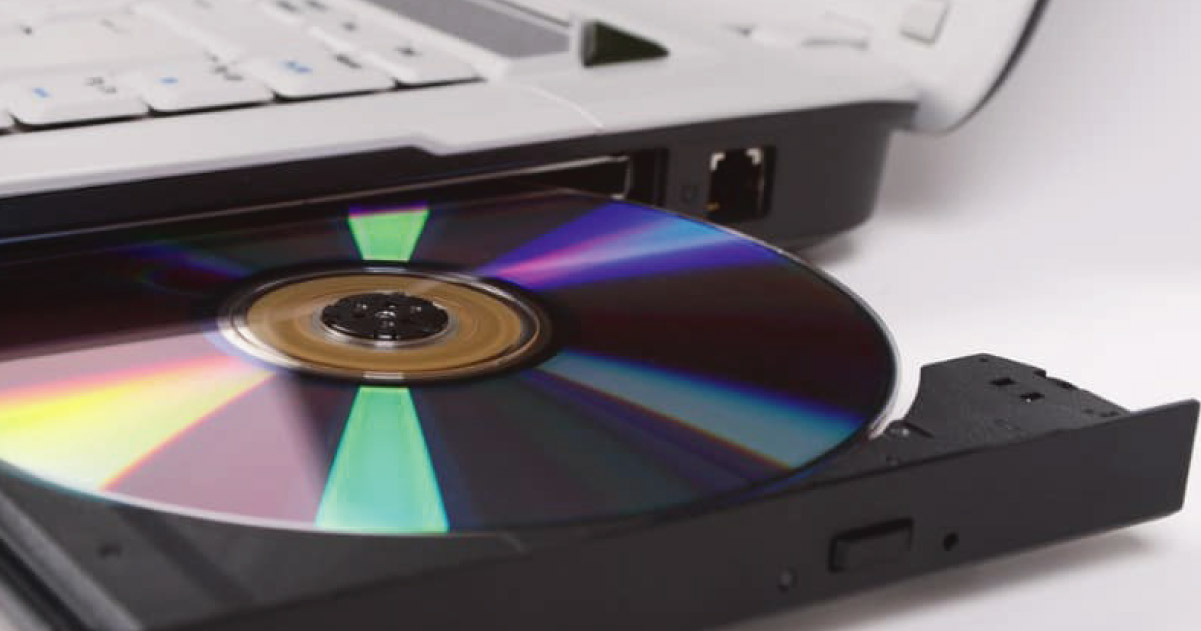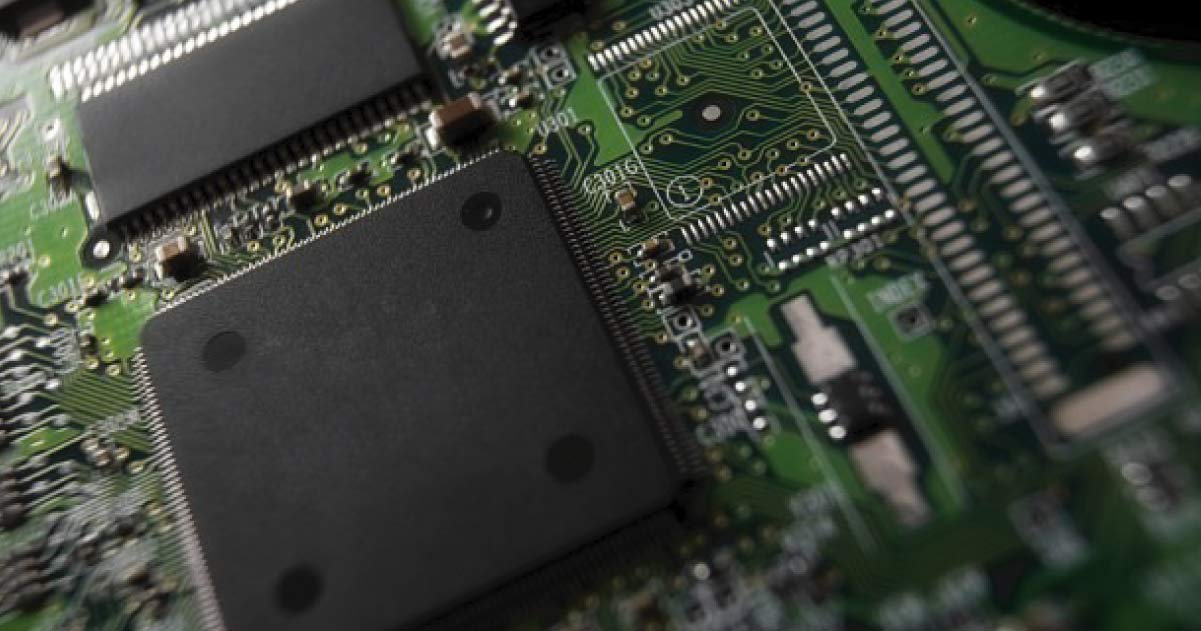

For centuries, data meant print and paper was its best medium. Open a book from years ago and its pages show the same information, tell the same story.
Quick shift to digital content delivery and even faster evolution of digital hardware resulted in content increasingly being born digital; existing as 1’s and 0’s, created and conveyed completely on computers.

Making sure that digital content lives beyond its initial platform is challenging because unlike books, digital degradation does not follow a steady curve. Declination can be as quick as perfectly accessible one day to completely useless the next day. The technology and process of digital forensics are thus crucial to preserving digital content by retrieval pre-decay/obsolescence.
Digital forensics was developed to create unquestionably authentic source-data suitable for presentation as evidence in criminal trials. Digital forensic software used in crime-solving enables non-invasive content identification and migration to stabler platforms.
An issue when duplicating born-digital materials is the increased storage as the device size decreased. Besides the larger content to copy, another duplication problem is the simultaneous use of disks as transport, backup, and delivery. Ageing digital formats include floppy disk, CD, and DVD.

On the other hand, retrieving content from obsolete formats requires aligning the hardware, the software, and the technician. Retrieving data from a floppy disk, for example, requires connecting to a ‘write-blocker’ – a device ensuring one-way-flow of information and preventing data overwrite.
Imaging is the first and most crucial step in digital-content retrieving. Once a disk is imaged and the content is lifted off its original carrier, the content is ready to be processed. The imaged disk is analyzed with a forensic toolkit before a decision must be made about how the material is to be accessed.
Two options are migration and emulation. The former moves the information forward from one format to another, whilst the latter recreates the original computing environment in which the content had been created.
Migration is the easier option but may not perfectly recreate the original document when changes such as shift in margin or spacing or even text rearrangement appear. However, some types of files must still depend on migration as the lack of an appropriate operating system precludes the possibility of emulation, though the 1’s and 0’s are perfectly preserved at bit level.

Compared with paper processing, digital’s preservation is easier in some ways but much harder in others. Nevertheless, digital’s preservation technology is something to keep addressing; to be migrated forward, ensured for generations to come.

MSU Bachelor in Computer Forensic (Honours)
MSU Bachelor in Computer Engineering (Honours)
MSU Master in Computer Science
MSU Doctor of Philosophy (Information and Communication Technology)
Student story: Forensically speaking
For centuries, data meant print and paper was its best medium. Open a book from years ago and its pages show the same information, tell the same story.
Quick shift to digital content delivery and even faster evolution of digital hardware resulted in content increasingly being born digital; existing as 1’s and 0’s, created and conveyed completely on computers.

Making sure that digital content lives beyond its initial platform is challenging because unlike books, digital degradation does not follow a steady curve. Declination can be as quick as perfectly accessible one day to completely useless the next day. The technology and process of digital forensics are thus crucial to preserving digital content by retrieval pre-decay/obsolescence.
Digital forensics was developed to create unquestionably authentic source-data suitable for presentation as evidence in criminal trials. Digital forensic software used in crime-solving enables non-invasive content identification and migration to stabler platforms.
An issue when duplicating born-digital materials is the increased storage as the device size decreased. Besides the larger content to copy, another duplication problem is the simultaneous use of disks as transport, backup, and delivery. Ageing digital formats include floppy disk, CD, and DVD.

On the other hand, retrieving content from obsolete formats requires aligning the hardware, the software, and the technician. Retrieving data from a floppy disk, for example, requires connecting to a ‘write-blocker’ – a device ensuring one-way-flow of information and preventing data overwrite.
Imaging is the first and most crucial step in digital-content retrieving. Once a disk is imaged and the content is lifted off its original carrier, the content is ready to be processed. The imaged disk is analyzed with a forensic toolkit before a decision must be made about how the material is to be accessed.
Two options are migration and emulation. The former moves the information forward from one format to another, whilst the latter recreates the original computing environment in which the content had been created.
Migration is the easier option but may not perfectly recreate the original document when changes such as shift in margin or spacing or even text rearrangement appear. However, some types of files must still depend on migration as the lack of an appropriate operating system precludes the possibility of emulation, though the 1’s and 0’s are perfectly preserved at bit level.

Compared with paper processing, digital’s preservation is easier in some ways but much harder in others. Nevertheless, digital’s preservation technology is something to keep addressing; to be migrated forward, ensured for generations to come.

MSU Bachelor in Computer Forensic (Honours)
MSU Bachelor in Computer Engineering (Honours)
MSU Master in Computer Science
MSU Doctor of Philosophy (Information and Communication Technology)
Student story: Forensically speaking